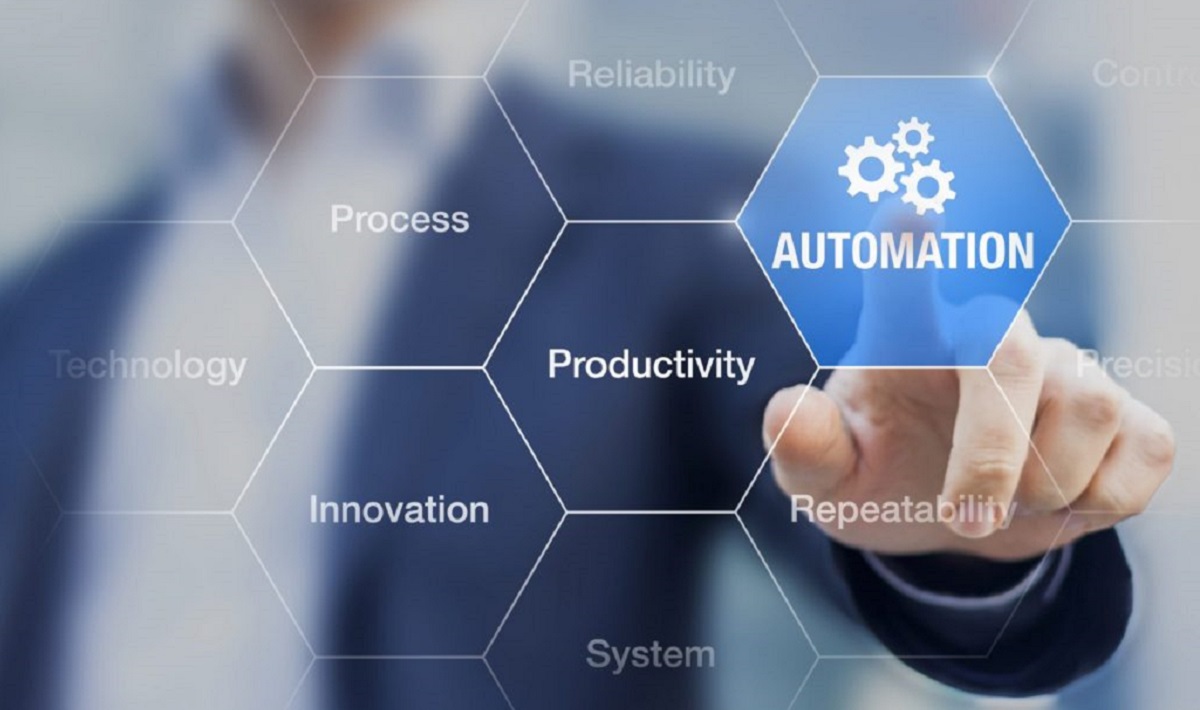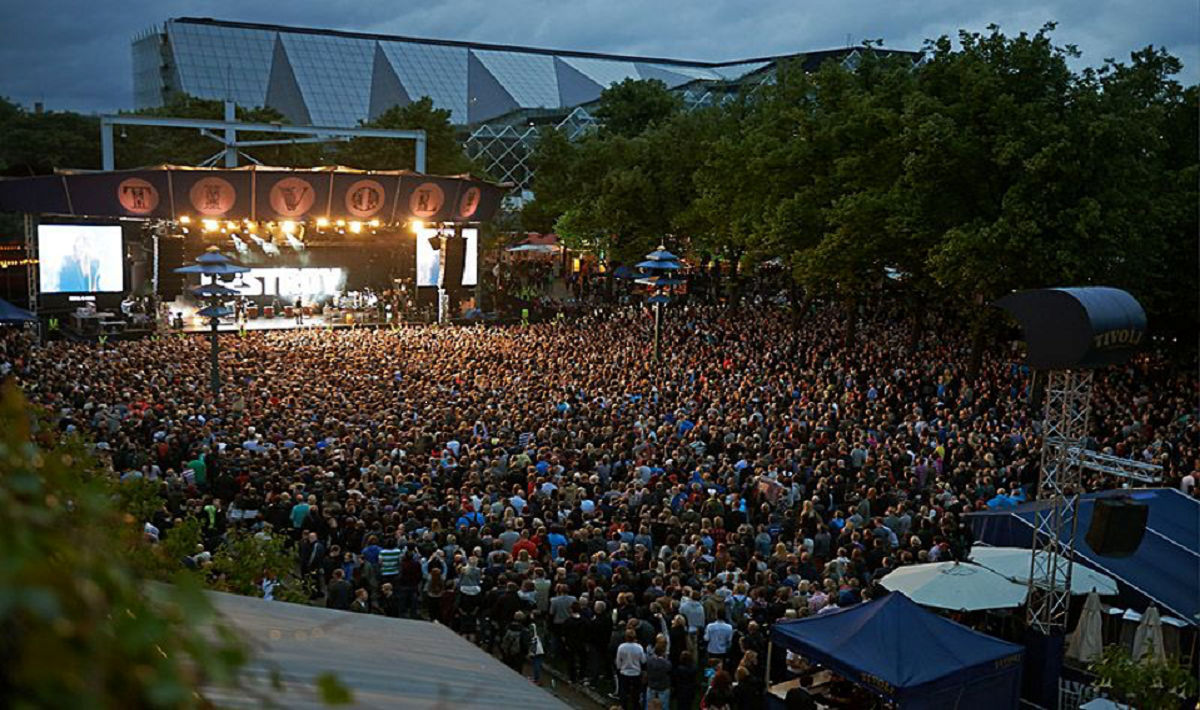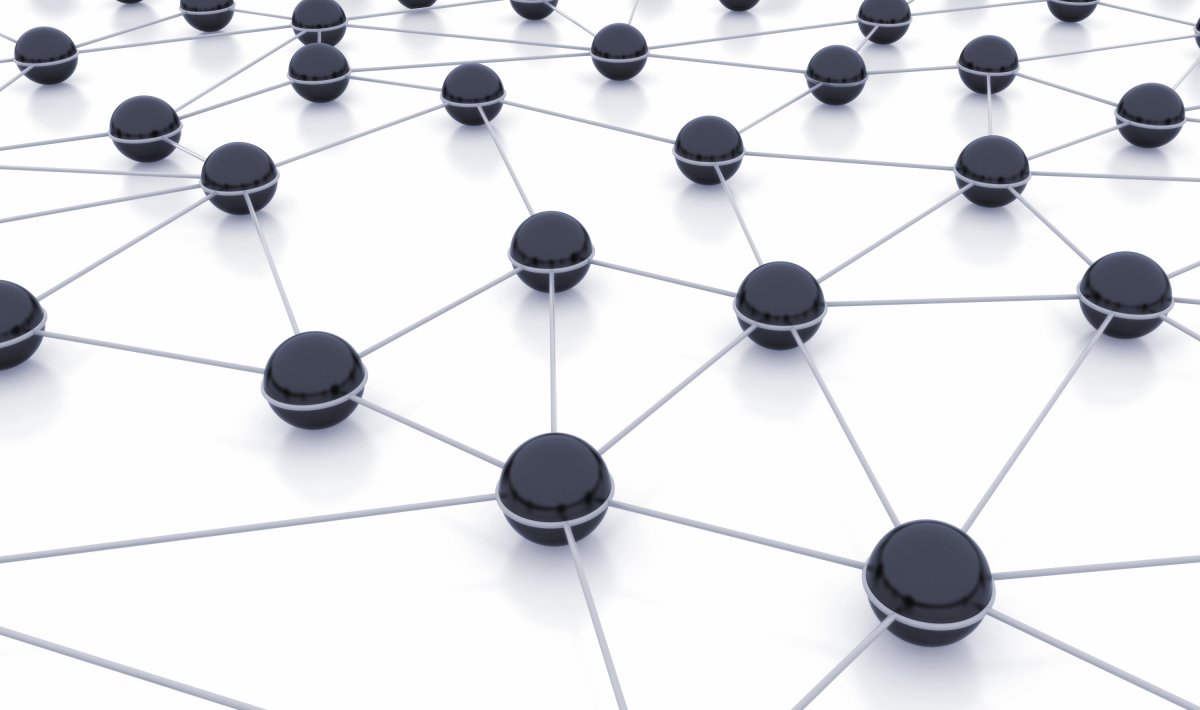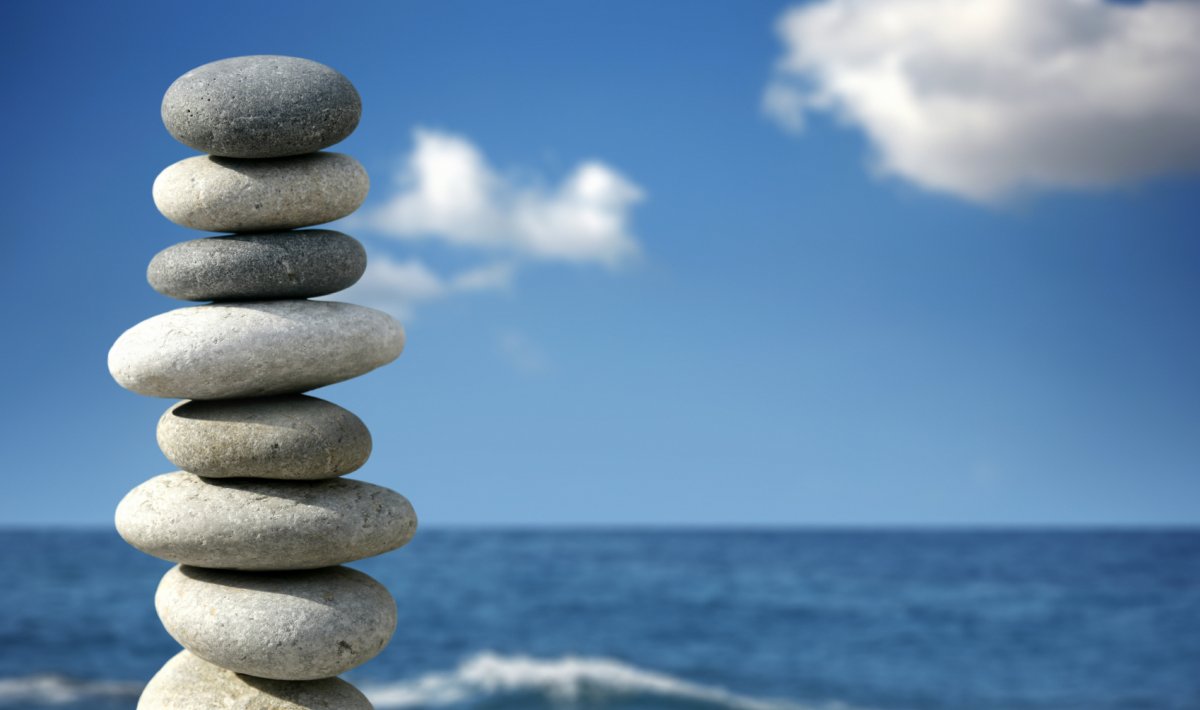
eu-DOMAIN
enabling users for – Distance-working & Organizational Mobility using Ambient Intelligence service Network
The eu-DOMAIN project was 3-year Strategic Targeted Research Project that developed an innovative European ambient intelligence service platform for automatic, context sensitive offering and contracting of mobile web services across heterogeneous networks.
The purpose of the eu-DOMAIN service platform is to interconnect people, devices, buildings and content in an interoperable network.
Rationale
The realisation of an Europe-wide internet based service network was for a long time (and still is) obstructed by a huge variety of proprietary systems not being able to communicate across platforms, users struggling to make systems from different manufacturers operate together and technological platforms that support but a few services, especially when services are needed outside fixed work spaces like homes, offices or factories.
Hence, the vision of the eu-DOMAIN project was to develop a Europe-wide, mobile, ambient intelligence services platform that would integrate users into intelligent surroundings and supports new methods of collaborative working with seamless delivery-on-demand of services from content repositories to people, machines and devices.
Architecture
A major part of the project was devoted to research and development in infrastructure components that eventually would be integrated into a workable demonstration platform upon which two user cases (healthcare and industrial pumps) could be demonstrated and evaluated against user requirements defined at the onset of the project.
Project data

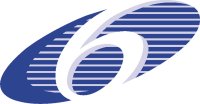
A detailed description of the technological infrastructure is shown in Figure 1.

Each location has installed one or more service gateways. They form dynamic, local intelligence clusters and access points to existing local area networks, through which, two-way communication with other installations in the building (e.g. alarm systems, energy control, etc.) can be established.
Third party Service Provides may deliver web services via the eu-DOMAIN network and the service gateway directly to the user. The services can be either one-way service delivery or two-way interactive services. The provisioning platform also allows for provisioning of traditional one-way HTML content and for advanced semantic web searches.
Technical Features
The eu-DOMAIN infrastructure contains the following main components:
- Ambient Intelligence platform: Distribution of location specific, application specific and network intelligence pools and definition of information object classes is developed based on system architectural and security analysis.
- Web services provisioning and content delivery: Development of web provisioning tools, protocols, negotiation tools, billing and other components of the service and content delivery chain.
- Client architecture: Client architecture involves development and prototyping of service gateways for buildings and vehicles with location and application specific intelligence pools.
- Communication infrastructure: A prototype communication infrastructure will be created for use in system integration and demonstration of the eu-DOMAIN platform.
- Server architecture: A powerful eu-DOMAIN server park will provide the main network Ambient Intelligence functionality.
The following are the key principles on which the eu-DOMAIN architecture was based.
To support modifiability, the core of the eu-DOMAIN platform is a domain model which initially models basic concepts of eu-DOMAIN-based application. This domain model may be adapted – by extending a corresponding meta-model – to add new concepts supporting specific application domains. The domain model defines all application domain-related features, like data and operations, so that every part of the system is able to access them. The Domain Model is defined mainly as follows:
- The data structures, using XML Schema
- The operations, as Web Services, described by its WSDL documents
- One or more UDDI taxonomies used to catalogue and find the services. For example, there can be a taxonomy to catalogue the eu-DOMAIN domain model, and other for each one of the Content Providers. Or also different taxonomies for different eu-DOMAIN subsystems can be devised
When possible, functionality and data is accessible as web services. Externally, this supports interoperability and modifiability by easing integration with external content providers. Internally, this enables interoperability between implementation platforms such as Microsoft .NET and Java. Service Oriented Architecture is an approach to implement IT systems in which the basic element of the system is a service, which in turn is a software component offering some operations to the rest of the system.
To support heterogeneous devices, terminals, and content providers, the eu-DOMAIN is divided into three tiers containing devices, terminals and gateways, and servers and external services respectively. Briefly, the tiers have the following responsibilities:
- The Device Tier contains devices which are sensors, actuators, and processors installed at a location. An example of a Device is a blood pressure monitoring device which is accessible via a serial line over Bluetooth. Devices communicate with the eu-DOMAIN platform solely through their connection to a Gateway. The eu-DOMAIN platform does not assume any specific protocols on behalf of devices.
- The Client Tier contains terminals and service gateways. Terminals provide the user interface to the eu-DOMAIN platform through web browsers. An example of a terminal is a PDA. Gateways are dedicated hardware boxes installed at a location. They are the mediator between devices and the Server Tier through physical connections to devices and through a network connection to the Server Tier, and are responsible for integrating devices into the platform.
- The Server Tier contains servers implementing the eu-DOMAIN platform functionality per se. Multiple eu-DOMAIN applications (such as facility management from different service providers or facility management and eHealth services) may run on the same eu-DOMAIN server deployment.
“Intelligence”, in the sense of being able to make decisions based on previous activities, data reported from different sensors, and the location of objects and people, is central to eu-DOMAIN and the eu-DOMAIN architecture. Intelligence is coupled to objects, people, and locations.
The application intelligence is responsible for managing the interpretation of input to the eu-DOMAIN components and evaluating actions for these inputs.
The main functional features of the application intelligence components can be summarised as follows:
- Multiple applications are able to run in parallel without posing any integration restrictions, i.e. the applications are able to be fully independent of each other.
- Events are able to “remember” previous states.
- Application intelligence can easily be extendable and provide a rich set of functions for managing the different inputs.
- It is possible to express the application intelligence using rule based programming. • Since the application intelligence is tailored for each application it uses well known languages for expressing the rules.
- The rule engine provides more than basic rule execution functionality. It also provides functionality for, e.g., prioritising rules and pruning.
- It is possible to extend the rule language with eu-DOMAIN-specific constructs.
The main component inside the Application Intelligence is the Rule Engine. This is where operative rules are evaluated against session events. The Rule Engine is programmable using an XSL-T transformation sheet.
Expected Project Outcomes
From the range of potentially exploitable products, three main outcomes were prioritized:
The eu-DOMAIN AmI service platform: The eu-DOMAIN Ambient Intelligence (AmI) Service Platform is a web based service that offers all eu-DOMAIN functionalities to service providers as described in Figure 2.
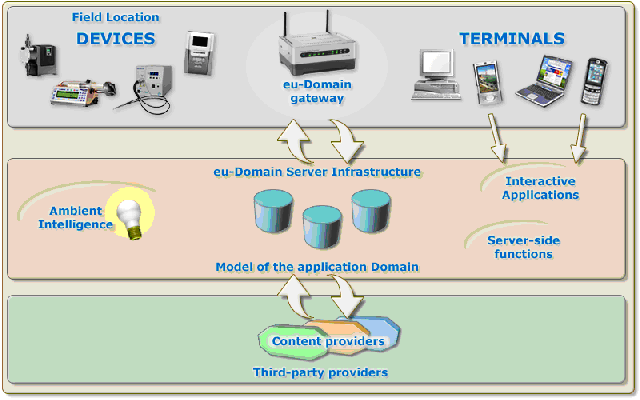
Figure 2 Logical overview of eu-DOMAIN service platform
The eu-DOMAIN web service components: The eu-DOMAIN platform is an infrastructure where different components, applications and services can be plugged in and services and application can be developed in order to adapt it to the special needs and requirements of a given domain. The same infrastructure can be used for several domains by changing the conceptual domain model that defines the elements and the relations inside the application. Application developers will have access to the software components for web service provisioning in order to develop eu-DOMAIN compatible applications and services, which can be automatically deployed in the specific environment. The web service components were to be made available as a toolbox library or as a full Software Development Toolkit (SDK). However, this task was taken over by the Hydra project, where the SOA and model based concepts of eu-DOMAIN were implemented and augmented in the form of the LinkSmart middleware software platform. A SDK was developed in the Hydra project.
The eu-DOMAIN consultancy services: New and improved knowledge on the technical infrastructure, architecture, conceptual models and web service components and their methods of interaction can be turned into valuable consulting services for several partners. The work on business modelling has provided valuable insight into the value creation process in e-Business environments and the experiences has been continued in other projects and consultancy services for In-JeT and other partners.
In-JeT’s role in the project
In-JeT was the Technical Manager of the eu-DOMAIN project. We also participated in the workpackage on requirements engineering, conducted scenario thinking workshops and developed future scenarios for the use of the eu-DOMAIN platform. In-JeT was also in charge of the workpackage on validation and uptake. In this workpackage we validated the project outcomes together with users and developed market entry strategies and business models for healthcare and industrial products. On the dissemination and exploitation side, we were editors of the eu-DOMAIN website.
Partners
- C International Ltd., UK (Coordinator)
- Innova S.p.A., Italy

- In-JeT ApS, Denmark (Technical Coordinator)
- University of Aarhus, Dept. of Computer Science, Denmark
- Foundation for Research and Technology – Hellas, Greece

- CNet Svenska AB, Sweden

- T-connect s.r.l., Italy

- Software AG, Systems Group, Spain

- Telefónica I+D, Spain

- Grundfos Management A/S, Danmark

- Eastern Birmingham Primary Care Trust, UK

- LIWAS ApS (subsupplier)
- ACit GmbH (subsupplier)
Funding
Co-funded by the European Commission 6th Framework Programme for Research


